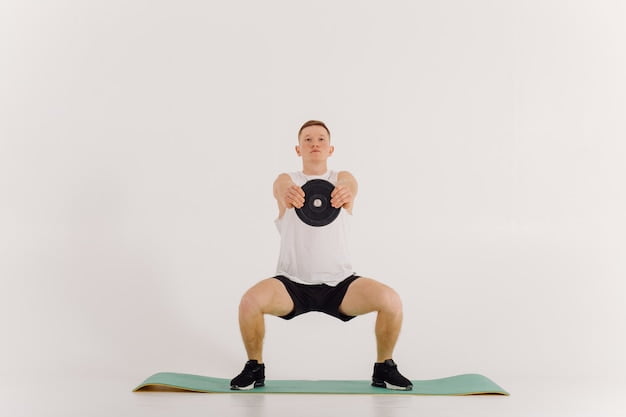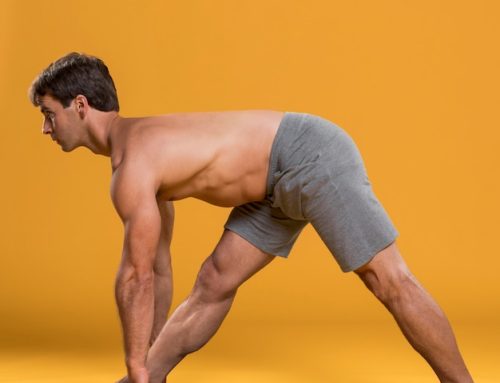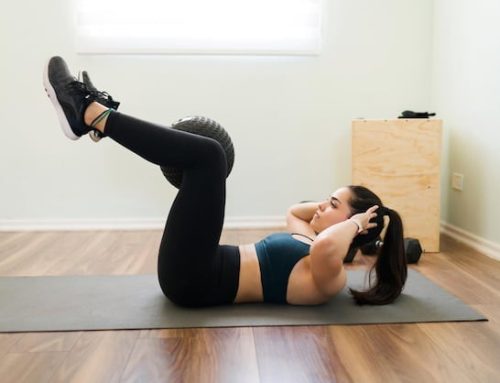The Easiest Muscle to Build: Myth or Reality?
Have you ever heard someone say that building muscles is difficult? That you need to spend hours at the gym lifting weights and pushing yourself to the limit in order to achieve significant results? While it’s true that building muscles takes time and effort, there is a common misconception that some muscles are easier to build than others. In this article, we’ll take a closer look at the science behind muscle growth and determine whether there is any truth to this claim.
The Science Behind Muscle Growth
Before we dive into the topic, let’s first understand the basics of muscle growth. When you engage in physical activity, you are essentially damaging your muscle fibers. Your body responds to this damage by repairing the fibers and making them stronger and more resilient. This process is called muscle hypertrophy and is the key to muscle growth. Simply put, muscle growth occurs when you subject your muscles to stress and give them enough time to recover and rebuild.
The Role of Genetics
While it’s true that genetics play a role in muscle development, it’s important to note that everyone has the ability to build muscle to some degree. However, some people may have a genetic advantage when it comes to building certain muscles. For example, individuals with longer muscle bellies may have an easier time building bicep muscles. Similarly, individuals with a greater number of fast-twitch muscle fibers may find it easier to build explosive power in their sprinting muscles.
The Truth About “Easy” Muscles
So, is there any truth to the claim that some muscles are easier to build than others? The answer is both yes and no. While genetics may give some individuals an advantage in building certain muscles, there is no muscle that is inherently easier to build than others. Rather, it all comes down to how much stress you place on the muscle and how well you allow it to recover.
The Benefits of Bodyweight Exercises
One of the best ways to build muscle without using weights is through bodyweight exercises. These types of exercises use your own body weight as resistance, which means you can do them anywhere and at any time. Not only are bodyweight exercises convenient and accessible, but they are also great for improving your overall fitness and athleticism.
The Most Effective Bodyweight Exercises
When it comes to building muscle with bodyweight exercises, there are a few key exercises that are particularly effective. These include:
| Exercise | Primary Muscle Targeted |
|---|---|
| Push-ups | Chest, Shoulders, Triceps |
| Squats | Quadriceps, Hamstrings, Glutes |
| Chin-ups | Back, Biceps, Forearms |
| Dips | Chest, Triceps, Shoulders |
| Burpees | Full Body |
The Importance of Progressive Overload
No matter which exercises you choose to do, it’s important to remember the principle of progressive overload. This means gradually increasing the stress you place on your muscles over time in order to continue seeing results. For bodyweight exercises, this can be done by increasing the number of repetitions or sets you do, performing more challenging variations of the exercises (e.g. one-arm push-ups), or using props like resistance bands.
The Bottom Line
While there is no one muscle that is inherently easier to build than others, bodyweight exercises are a great way to build muscle without using weights. By choosing the right exercises, gradually increasing the stress you place on your muscles, and giving yourself enough time to recover, you can achieve significant results in a relatively short amount of time. Whether your goal is to improve your overall fitness, build muscle mass, or simply challenge yourself, bodyweight exercises are an effective and accessible way to get there.






